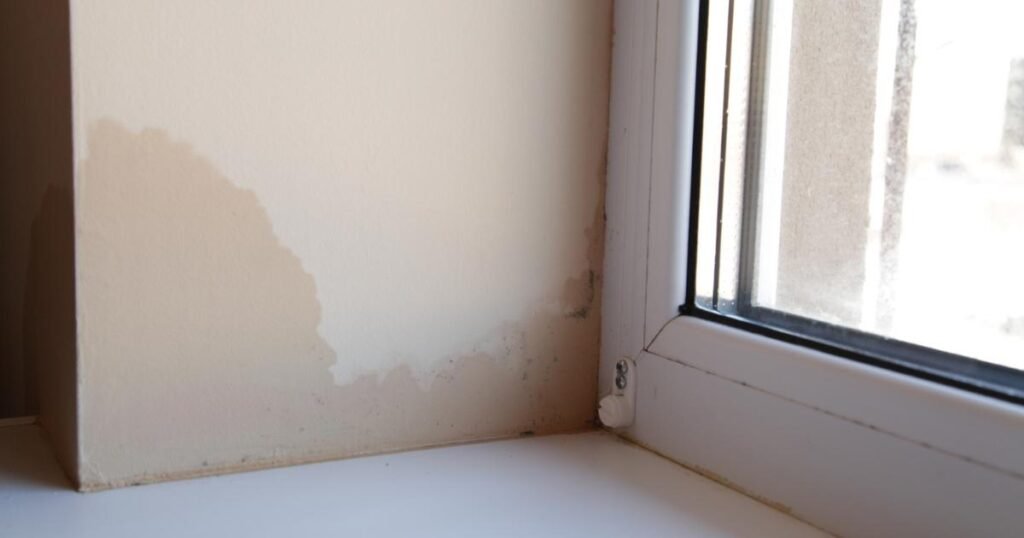An expert is urging them to keep an eye on their homes and do some simple checks to see if they have any subtle signs of damp starting to develop.
Damp is known to start subtly often, and you might spot small signs of its presence, including a faint fog on the glass, a musty smell near windowsills or a dark shadow behind curtains.
While these are small signs of damp, the experts at Art Windows & Doors warn that if they are left unchecked, they can develop into serious problems, including mould growth, damaged plaster, weakened paintwork and potential health issues.
“The tricky thing about hidden damp is that it often spreads quietly before you even notice it,” says Allan Reid, Director at Art Windows & Doors.
He added: “That faint shadow on your walls or the darkened edge of a curtain is usually the first warning.
Moisture collects where warm indoor air meets cold glass; if ventilation is poor, it can seep into walls, paintwork, and window frames.”
How to spot and prevent hidden damp
There are a few simple things you can do each day to find any damp spots in your home and prevent them from becoming more serious problems.
These are:
- Pull back curtains each morning to check for mould or damp patches. Don’t ignore subtle discolouration.
- Run your hand along window reveals and frames – if they feel cold or slightly damp, take note.
- Open windows briefly each morning to let fresh air circulate and flush out overnight moisture. Even a few minutes helps balance humidity.
- Avoid drying clothes indoors wherever possible as this releases large amounts of water into the air.
How to prevent condensation in your home
How to prevent damp in your home
The experts also shared some ways you can prevent damp becoming a problem in your home:
- Keep trickle vents open where possible, even in winter, to allow a constant flow of air.
- Rearrange furniture away from exterior walls to improve airflow and reduce trapped moisture.
- Use moisture absorbers on windowsills or in rooms prone to damp for an inexpensive, low-maintenance solution.
- For persistent problems, consider upgrading to modern double-glazed windows with built-in trickle ventilation, which balance airflow without letting in a draught and can prevent condensation from forming throughout the season.
“All it takes is small, consistent steps to prevent damp from taking hold,” Allan adds.
“A few minutes each morning to air your home, combined with careful monitoring of problem areas, can save hundreds of pounds in repairs and protect your property from winter damage.”
What causes damp in UK homes?
Energy Saving Trust says: “Damp is more likely to happen in places that are colder than the rest of the house. This includes exposed corners or where there is a gap in the insulation.
Recommended reading:
“It can also happen in places where the air can’t circulate freely, such as behind furniture.
“Rooms that tend to have more moisture (such as kitchens and bathrooms) can be prone to mould if there isn’t proper ventilation.”
Signs of damp in your home include black mould, excessive condensation around windows, damp patches on surfaces, peeling paint or wallpaper.

